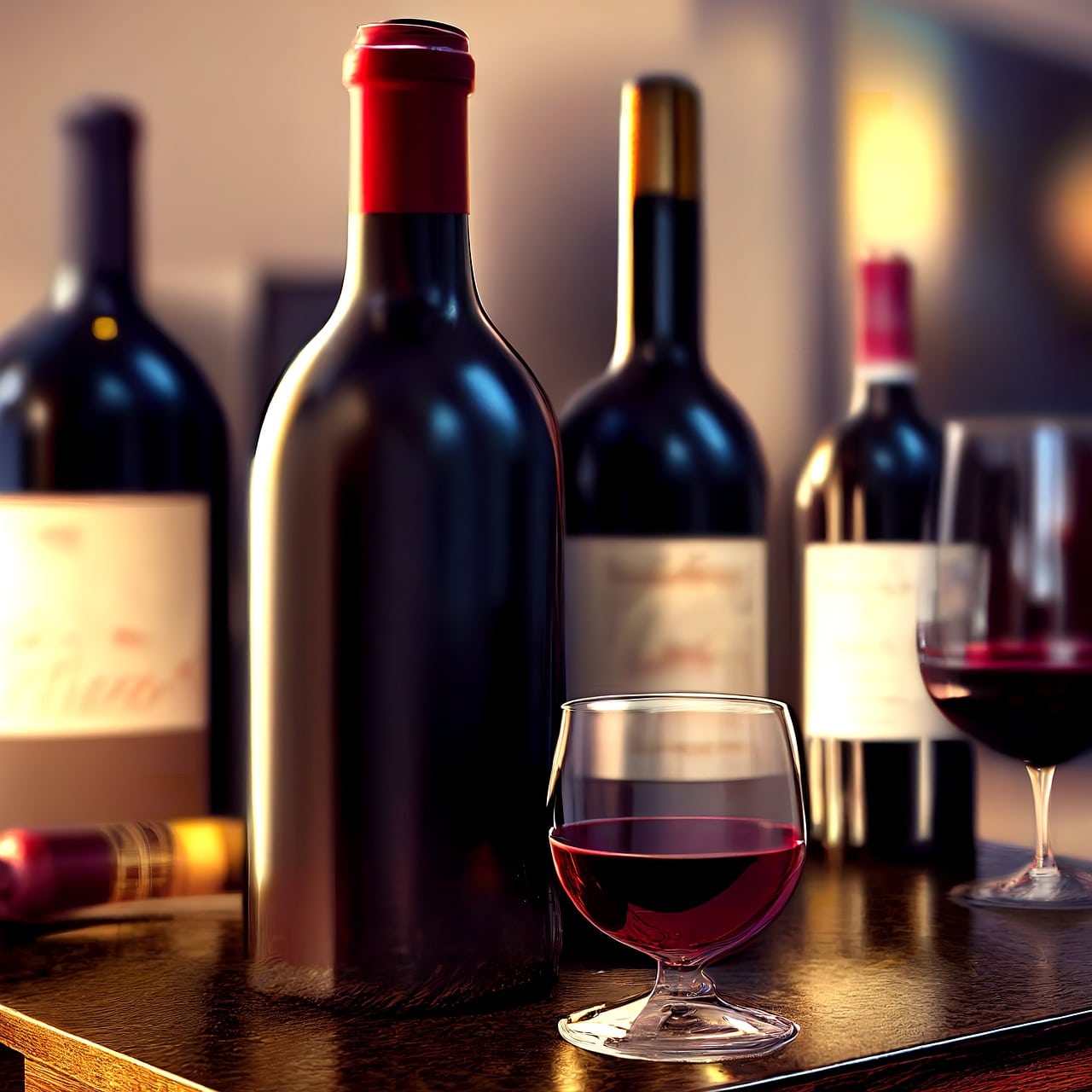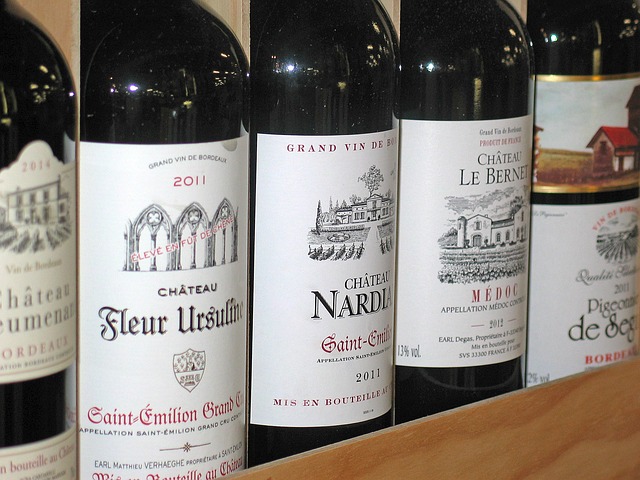A wine's vintage has a direct influence on its quality, aromas and ageing potential. Understanding the importance of vintage helps you make better wine selections. This article explains how to make the right vintage choice, the impact of wine and vintage on your tasting, and when to drink your wines at their peak.
What is a wine vintage?

The vintage corresponds to the year in which the grapes used to produce a wine were harvested. It reflects the year's climatic conditions, which play a crucial role in wine quality.
The impact of climatic conditions
- Warm years: Grapes ripen well, producing rich, concentrated wines.
- Cool years: Wines often offer more freshness and vivacity.
- Unstable climates: These can produce more heterogeneous vintages, with quality varying from one producer to another.
Why is the choice of vintage important?
1. Influence on wine quality
A good vintage can sublimate an ordinary wine, while a bad one can harm even the best vintages.
2. Wine ageing and peak
The vintage determines how long a wine can age before reaching its peak, when it reveals its full potential.
3. Flavor evolution
Young and mature wines offer very different aromatic profiles. The vintage guides your choice according to your preferences.
How do you evaluate a vintage?

- Consult specialized guides: Experts publish rankings of vintages by region, helping to identify the best years.
- Find out about the region: Each wine-growing region has its own climatic variations. An excellent vintage in Bordeaux may be mediocre in Burgundy.
- Analyze grape variety characteristics: Some grape varieties, such as Cabernet Sauvignon, are more resistant to harsh weather conditions than others, such as Pinot Noir.
Great recent vintages in France
1. Bordeaux
- 2010: Perfect structure, powerful tannins, great ageing potential.
- 2015 : Balanced wine, accessible young but promising for ageing.
- 2019: A sunny vintage, ideal for rich, aromatic wines.
2. Burgundy
- 2015: Exceptional for reds, with intense fruity aromas.
- 2018 : A warm year, producing gourmet, accessible wines.
- 2020 : Precise, fresh wines.
3. Rhône Valley
- 2016: Considered one of the best vintages in the region.
- 2019 : Generous wines, with silky tannins and great richness.
How to choose a wine according to its vintage?
1. Define your needs
For immediate consumption: Opt for a recent vintage, offering fruity, accessible wines.
For long-term cellaring: Look for a great vintage with good aging potential.
2. Analyze the producer's reputation
A good producer can compensate for the effects of a difficult vintage thanks to his know-how.
3. Consider your budget
Great vintages are often more expensive, but lesser-known years offer affordable nuggets from certain winemakers.
When to drink a wine according to its vintage?
1. Red wines
- Young: Recent vintages offer fruity aromas, ideal for quick consumption.
- At maturity: Great vintages develop complex notes after 5 to 20 years of cellaring.
2. White wines
- Dry: Light whites (Sauvignon Blanc, Muscadet) are best enjoyed young, often within 2 to 5 years.
- Moelleux and liquoreux: These wines, like Sauternes, reach their peak after 10 years or more.
3. Sparkling wines
- Non-vintage Champagnes: These are ready to drink as soon as they are put on the market.
- Vintage Champagnes: They gain in complexity after a few years in the cellar.
Mistakes to avoid when choosing a vintage
- Buying a wine without checking its ageing potential: A wine designed to be drunk young won't improve with age, even if it's from a great vintage.
- Neglecting storage conditions: A good vintage that is poorly stored can lose its quality. Respect the recommended temperature and humidity.
- Generalizing opinions on a vintage: Quality can vary from one producer to another, even in a well-known vintage.
Tools to help you make the right choices
- Cellar management applications: These tools keep track of your bottles, their vintage and aging potential.
- Vintage guides: Consult expert rankings and scores to quickly assess a specific year.
- Advice from wine merchants: A good wine merchant can guide you towards vintages suited to your tastes and budget.
Conclusion
Choosing the right vintage means understanding the impact of wine and vintage on quality and ageing. Respecting the wine peak of each bottle guarantees optimal tasting. Take the time to inform yourself and experiment to refine your preferences.
If you enjoyed this article, don't hesitate to read the following article "The health benefits of red wine: myth or reality?", which might also interest you!





